폐기 시멘트 공장이 개인 저택으로 변신 Architect Transforms Abandoned Cement Factory into His Own Extraordinary Home
Architect Transforms Abandoned Cement Factory into His Own Extraordinary Home
1973년 건축가 리카르도 보필(Ricardo Bofill) 은 스페인 바르셀로나 교외에 있던 폐기된
시멘트 공장을 우연히 발견하게 됐다.
'라파브리카'( La Fabrica)로 알려진 그 공장은 보팔의 삶에 큰 변화를 가져왔고 이제는 그의
국내외 생활의 중심에 서있다.
수년간 그 공간에 대한 지속적인 개보수가 시행되었지만 32,000m2에 달하는 그 어마어마한
공간에 대한 작업은 아직도 진행 중이다.
보필은 처음에 방대한 공간을 해체하기 위해 1년 반을 소모했다.
원래 라파브리카 시멘트 공장은 카탈로니아 포스트 2차세계대전 산업혁명 때 건설됐다.
황기철 콘페이퍼 에디터
Ki Chul Hwang, conpaper editor
By Jessica Stewart on February 28, 2017
In 1973, architect Ricardo Bofill stumbled upon an abandoned cement factory outside of Barcelona. This discovery would change his life, as the factory, known as La Fabrica, became the center of his professional and domestic life. Over the years, the space has undergone a continual transformation that both respects its legacy and quietly transforms it.
With 30 silos, a smoke stack, cavernous machine rooms, and 2.5 miles of underground tunnels, it’s no wonder La Fabrica is a project that will remain transformed, but unfinished. To turn the mammoth 32,000-square-foot space into living quarters and an architecture studio, Bofill first spent a year and a half deconstructing the space.
The factory was originally built during Catalonia’s post-WWII industrial revolution. With each passing year, renovations took place to accommodate new industry processes. The result was a hodge-podge of architectural styles that needed to be stripped back.
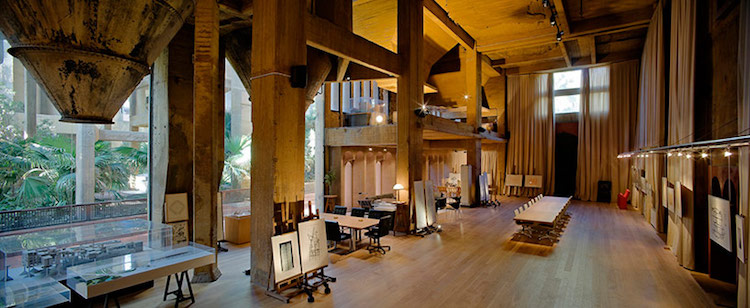
By peeling back the layers of the building, Bofill was able to build up again. Transforming areas into spacious living rooms and libraries, lush gardens and cozy bedrooms, the architect brought function back to the building.
“Presently I live and work here better than anywhere else,” Bofill shares. “It is for me the only place where I can concentrate and associate ideas in the most abstract manner.”
The compound is divided into four areas—architectural studio, exhibition hall, gardens, and living area. Bofill sees La Fabrica as a sculpture slowly coming into formation. “The factory is a magic place which strange atmosphere is difficult to be perceived by a profane eye. I like the life to be perfectly programmed here, ritualized, in total contrast with my turbulent nomad life.”
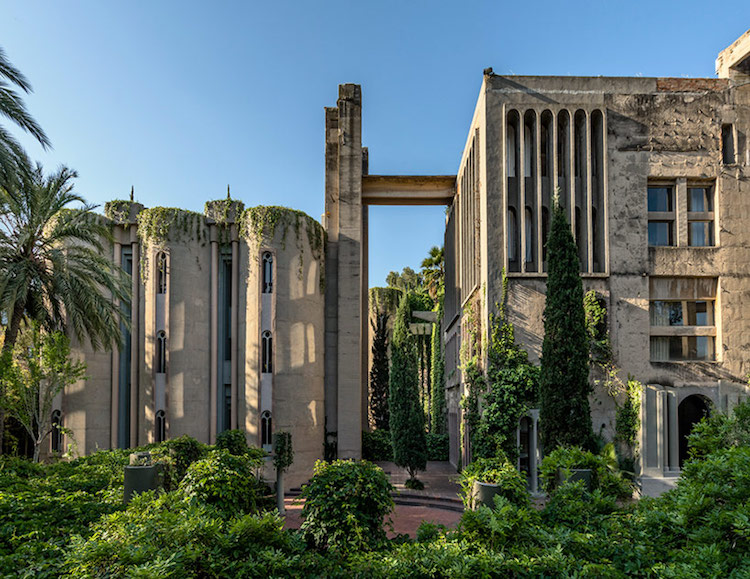
As La Fabrica slowly becomes engulfed by nature, its silos covered with creeping vines, the line between industry and environment becomes blurred. Spaces once used to produce mass quantities of products are now adjusted to domestic use. The vast rooms optimal for open site lines and bathed in light. The ultimate challenge in creative reuse, La Fabrica is a masterpiece of converted industrial design.
La Fabrica, a converted cement factory, is an incredible architectural achievement that is in continual transformation.
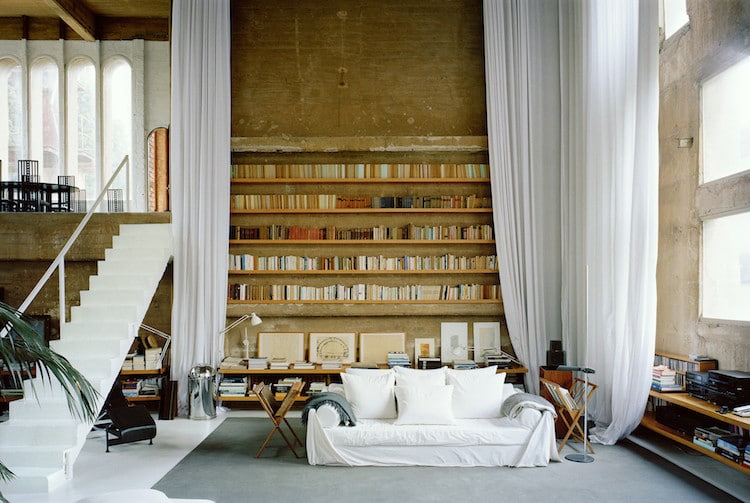

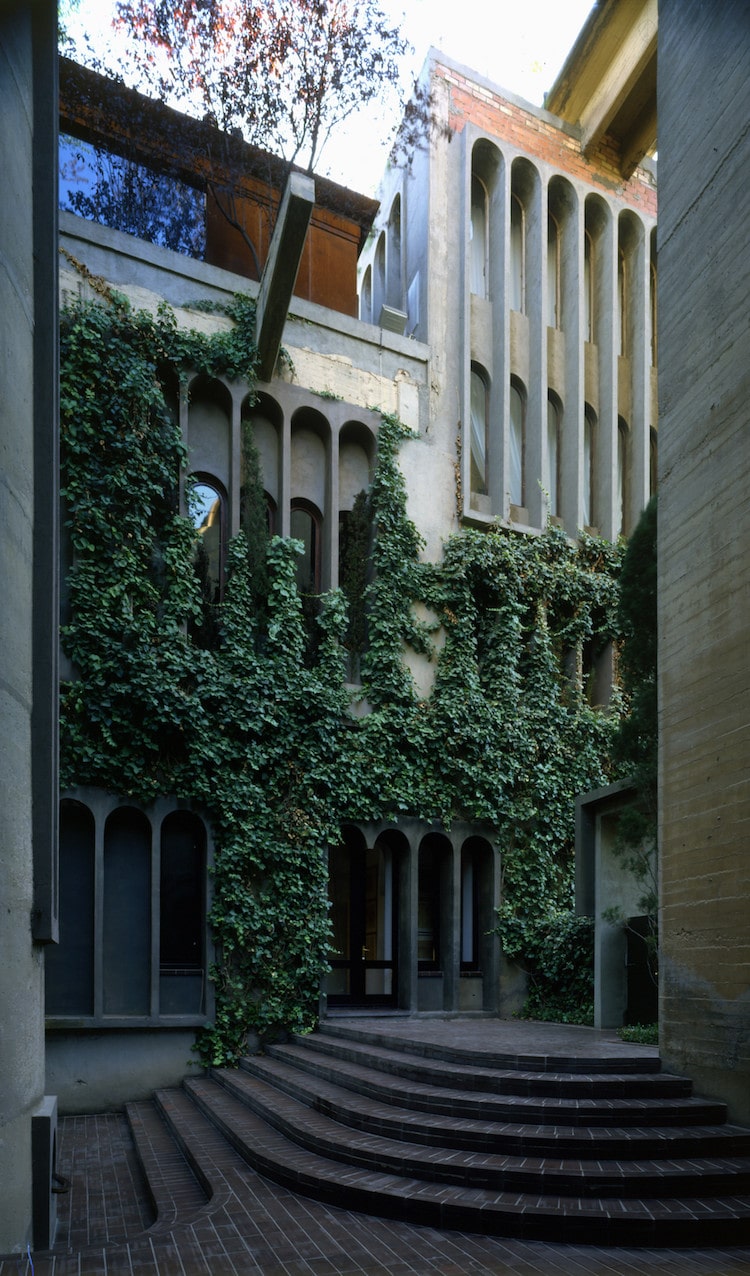
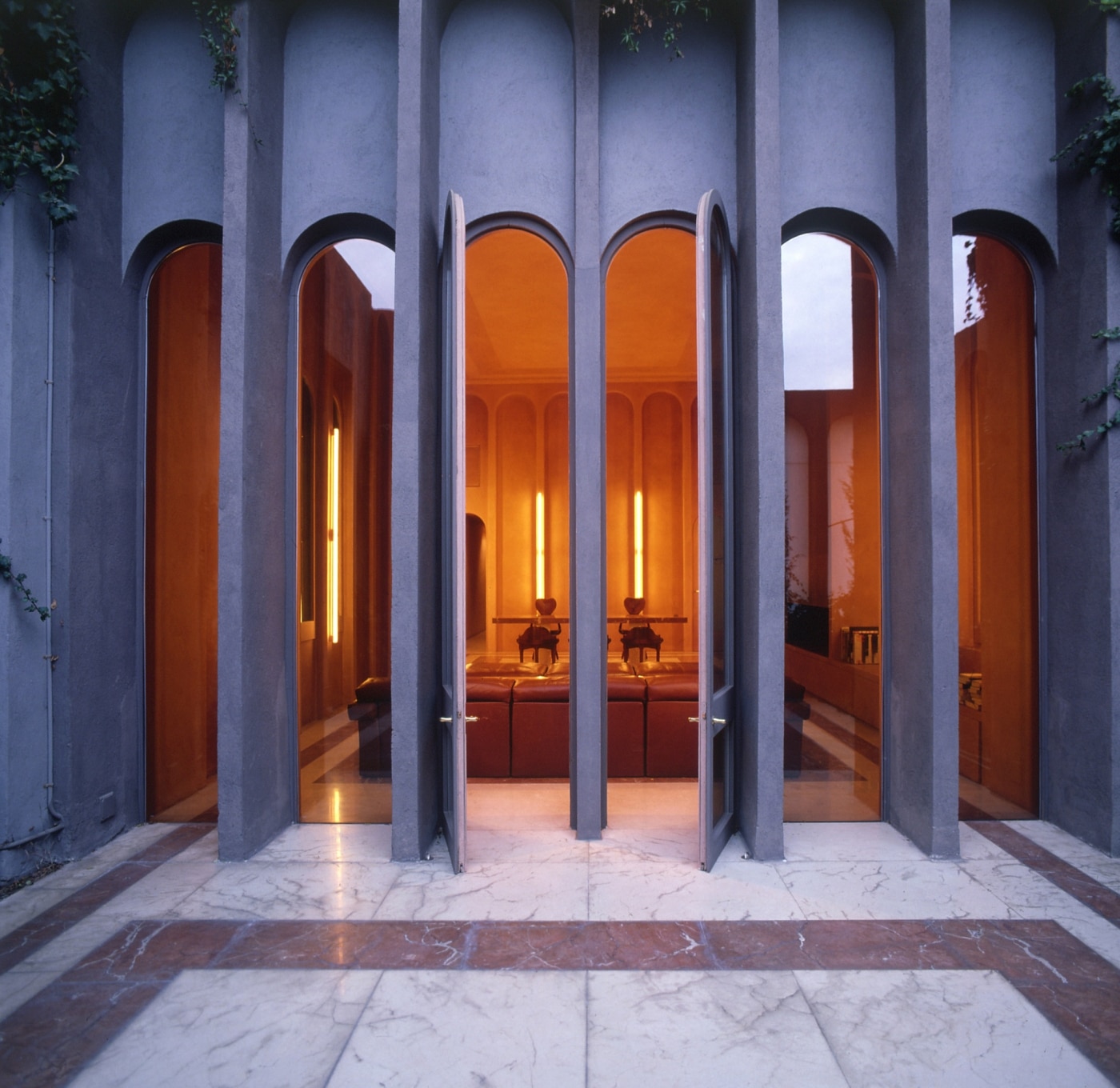

Image via Richard Powers
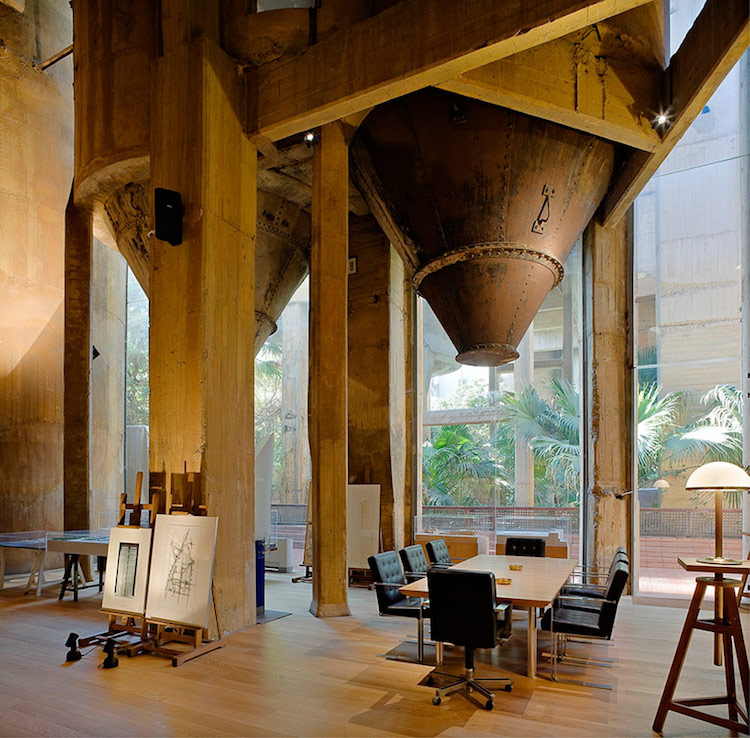
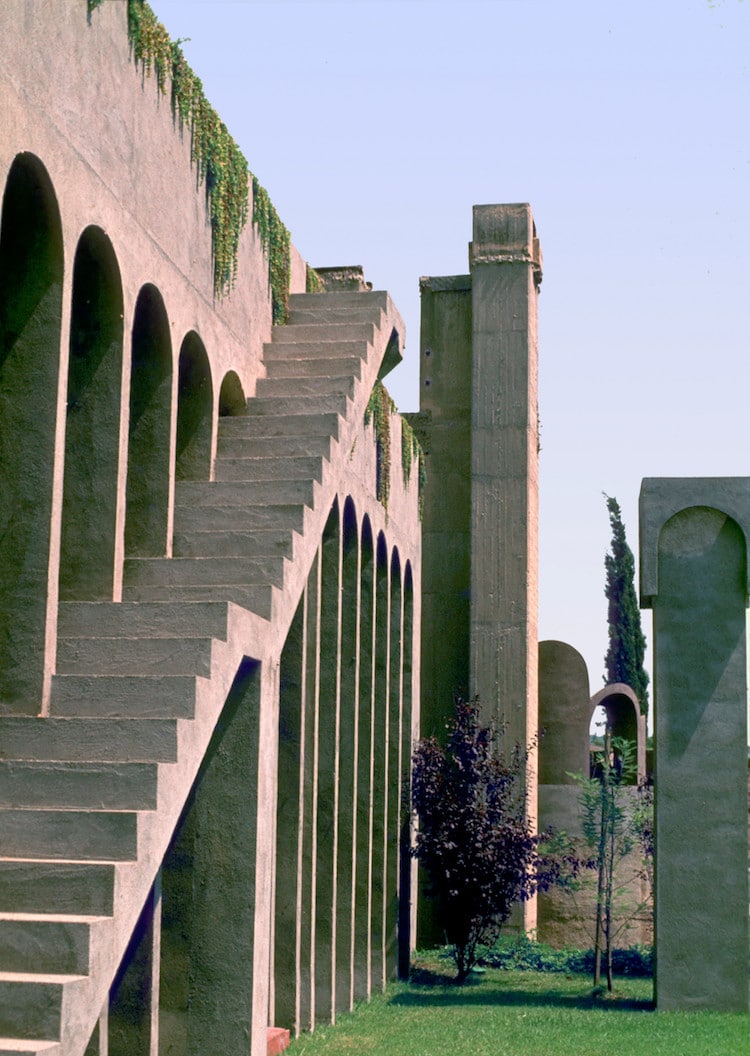
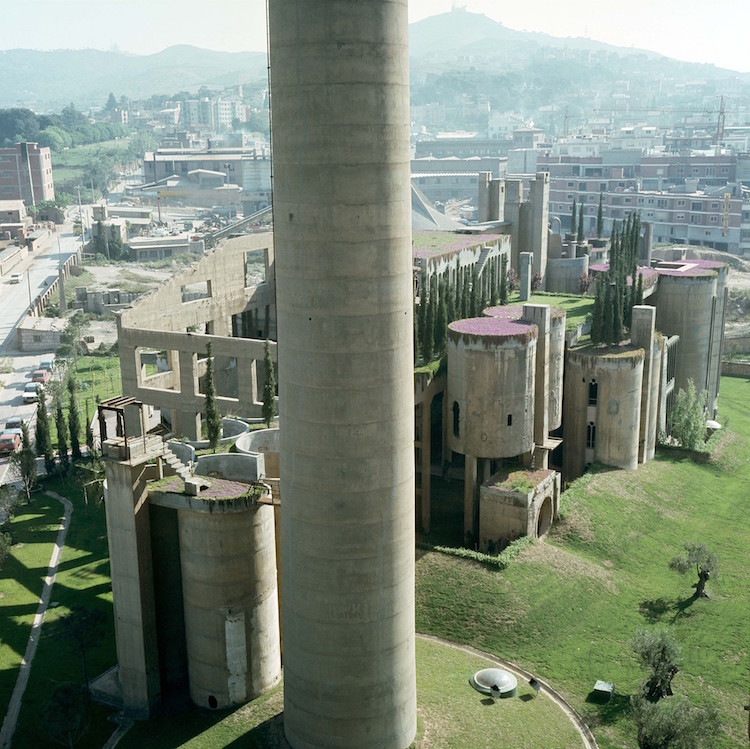
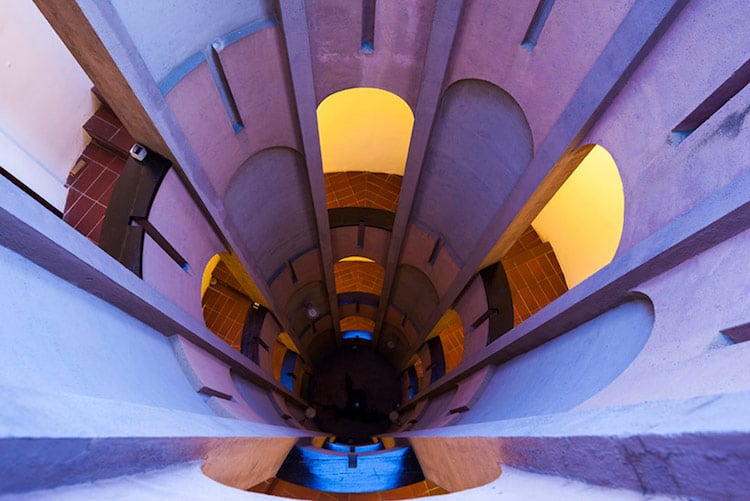
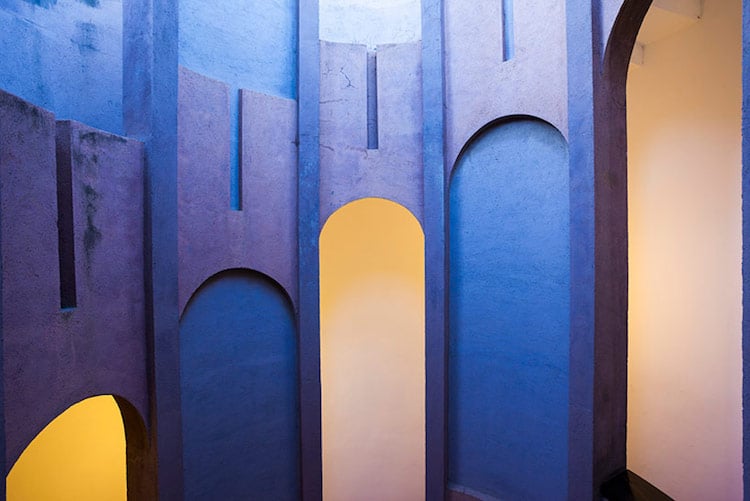
Ricardo Bofill: Website | Facebook | Instagram
h/t: [designboom]
All images via Ricardo Bofill except where noted.









